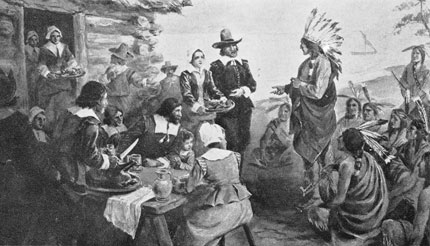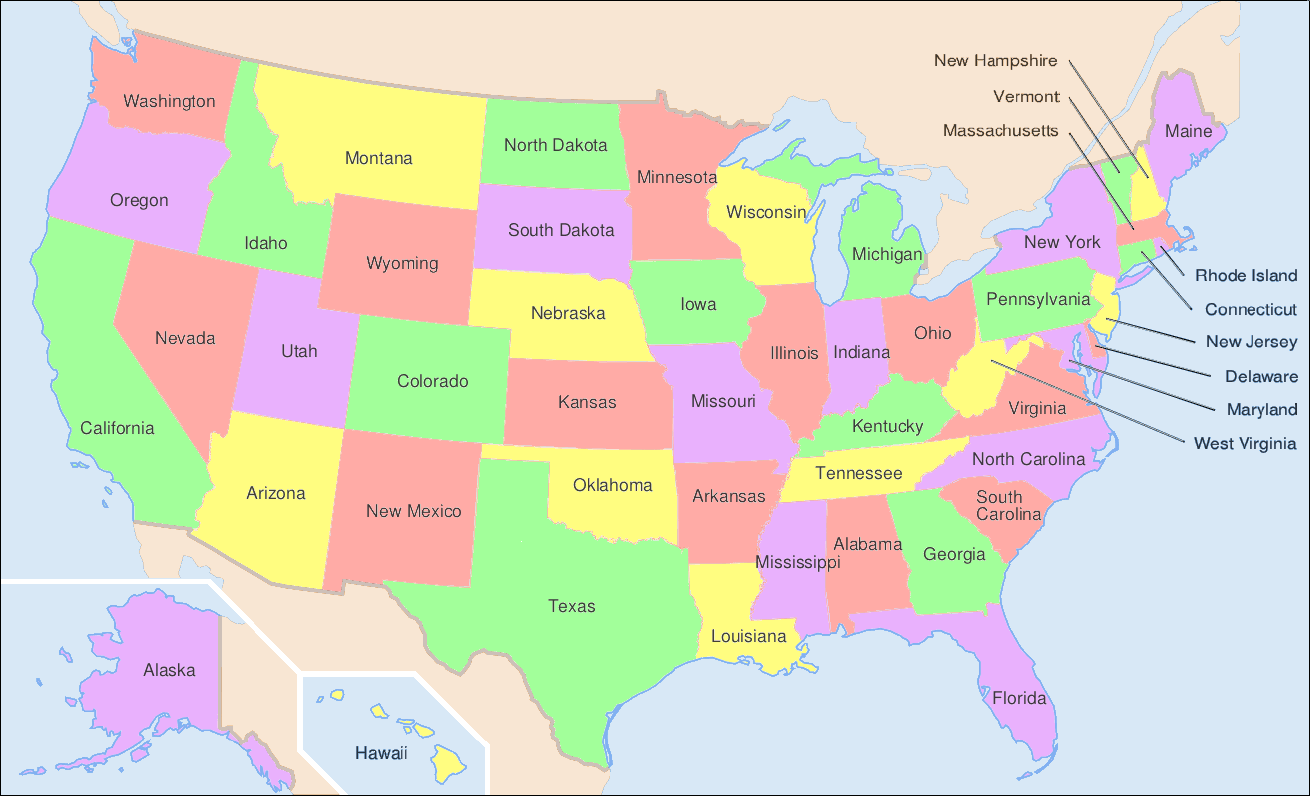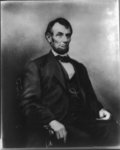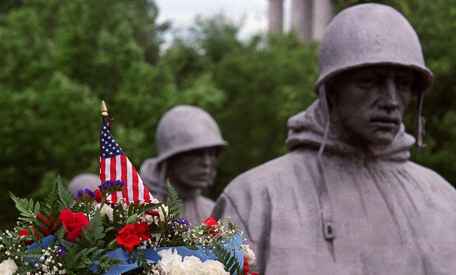Plymouth, for a small group of Americans, is the source of their ancestry in North America. But for most of us, it is Chapter One of the history of the United States and the origin of Thanksgiving. Learn about the Native American tribe that called Plymouth (originally spelled “Plimoth”) home, and discover Web sites that explore the historic landmark.
The Wampanoag Tribe at Plymouth
The culture of the Wampanoag tribe, preserved today in the reconstructed homesite at Plimoth Plantation, is a crucial part of our history, the Plimoth Plantation Web site explains. The Wampanoag people at the site are not playing characters. Rather, they “are Native People and speak in their own modern words” about their lives. Visitors experience an authentic Wampanoag village, complete with “a traditional wetu (house)” and the “scent of sobaheg (stew) as it simmers over an aromatic wood fire.” The Wampanoag have resided in the area of southeastern New England for more than 12,000 years, offering a glimpse into life in the 1600s.
Similar to Williamsburg, Va., Plimoth Plantation offers a slice of the colonial world of 1627, with historically accurate architecture and other 17th-century fittings, including the Mayflower, tied up at the nearby waterfront. Visit the Web site for educational presentations on the plantation, the people and the history of its namesake.
Plimoth Plantation also holds traditional Thanksgiving programs, including a full day celebration, a buffet Thanksgiving dinner and a Victorian Thanksgiving dinner. The “festive surroundings, and a sense of history” make for a unique experience.
Sources in this Story:
- Plimoth Plantation: Wampanoag Homesite
- Plimoth Plantation: Thanksgiving Dining Schedule
- The Plymouth Colony Archive Project
- The History Channel:Desperate Crossing: The Untold Story of the Mayflower
- The History Channel: History of Thanksgiving
- Project Gutenberg:Bradford’s History of ‘Plimoth Plantation’ by William Bradford
The Mayflower Voyage and Thanksgiving at Plymouth
The University of Virginia has an archive of interesting information on the Plymouth colony, including scans of early maps, and a discussion of building techniques and other materials the colonists employed, along with illustrations. Efforts to reconstruct the area as it looked in the 1600s are documented with photos and essays. There are also biographies of known residents of the colony and photo tours of excavated trinkets such as coins and dishware.
“Desperate Crossing: The Untold Story of the Mayflower,” a program on the History Channel, covers the Mayflower voyage and the landing at Plymouth. Browse photos and educational videos included in the TV program. Visit the “Key Figures” section for short bios on important people involved in the discovery and colonization of Plymouth.
And just what did the pilgrims eat at their dinner more than three centuries ago? It wasn’t turkey, or any of the other fixings we’re used to now. Historians suggest that the first celebrations may have included deer, offered by the Wampanoag guests, and – very unlike today’s celebrations – a stark lack of cakes, pies and other treats, due to a dwindling sugar supply. Many of the dishes were likely prepared using traditional Native American spices and cooking methods.
















